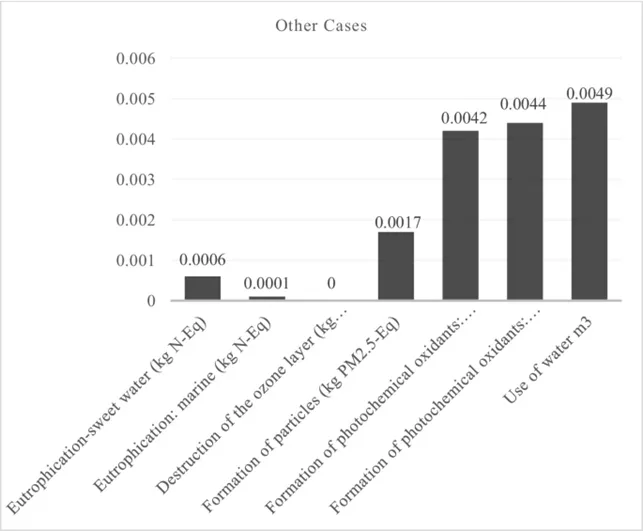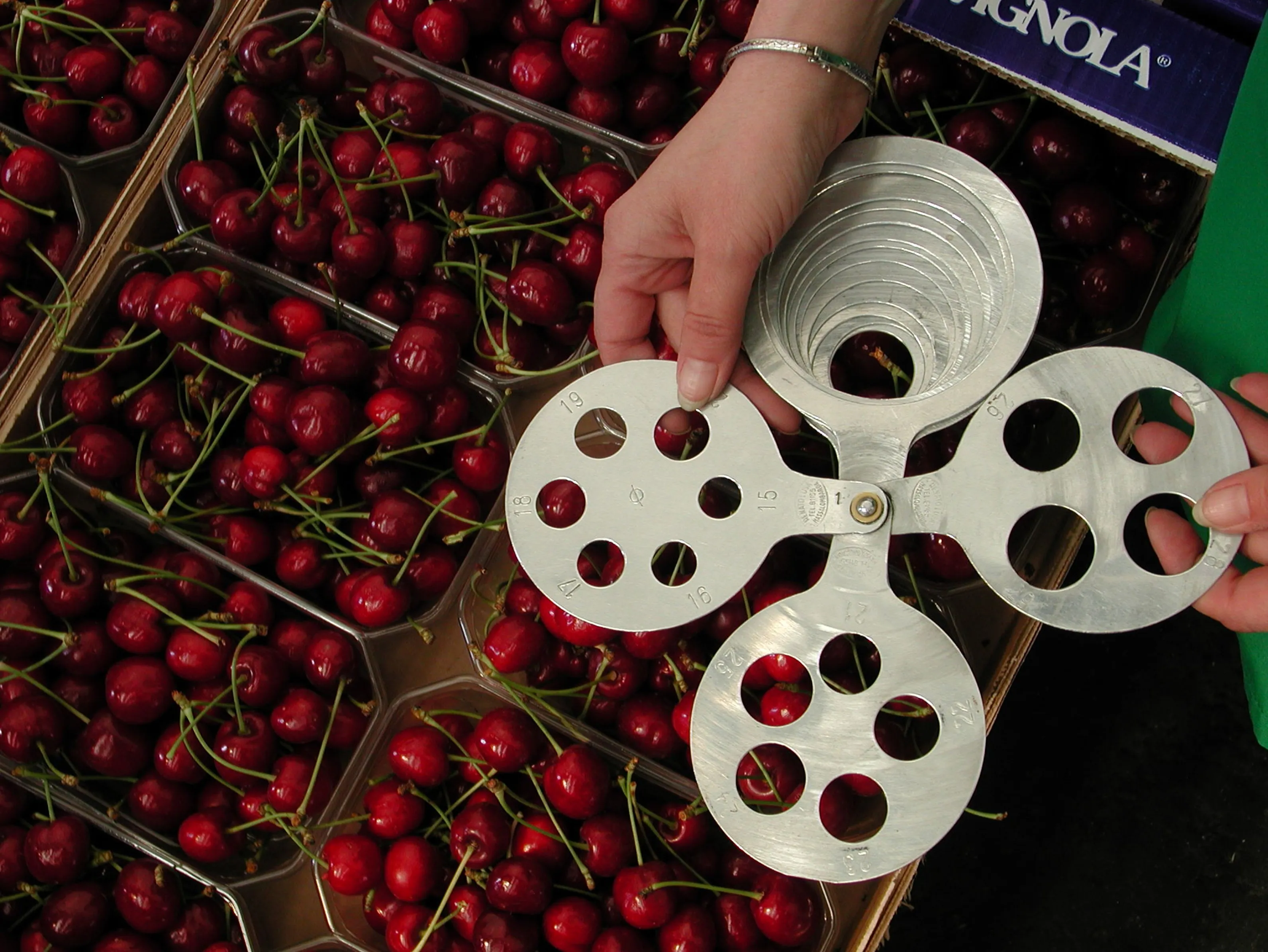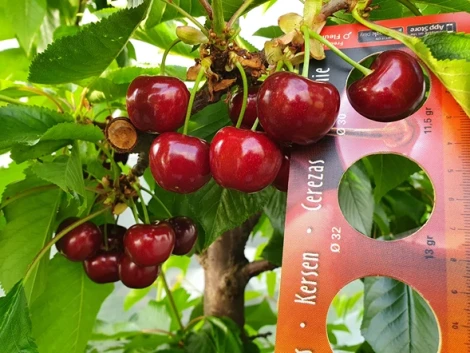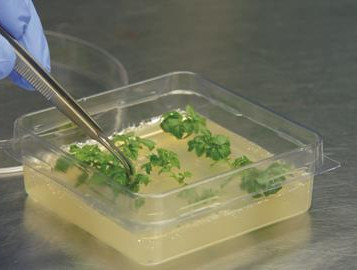To increase crop yields per unit of land, it is necessary to adopt increasingly intensive farming practices. This need arises to meet the growing food demand of a constantly expanding global population. However, the intensification of agricultural practices has accelerated the depletion of natural resources and contributed to climate change.
This statement is particularly true for essential and limited resources such as water, soil, and energy. In some cases, the depletion of natural resources can be alleviated through conservation initiatives, such as reducing water consumption, improving soil fertility, and minimizing energy use. However, these efforts do not always yield favorable results, and in some cases, resources may be available in amounts insufficient to meet demand.
For example, soil fertility has been reduced in many regions, leading to a decline in agricultural productivity. This is why agriculture is classified as both a producer and consumer of energy.
The question naturally arises: what resources are needed and in what quantities for cherry production?
Researchers from the Hellenic International University (Greece) have attempted to find an answer. The goal of the study was to identify environmental issues arising during the cherry production process in order to implement measures to address them, reduce negative environmental impacts, and optimize production through redesigning the product flow diagram.

Specifically, the main goal was to assess the environmental impacts of cherry production by the agricultural cooperative of Rachi "AGIOS LUKAS" (Greece). By using the Life Cycle Assessment (LCA) methodology, all the processes involved in cherry production, up to refrigeration, were recorded and identified, along with evaluating energy consumption, the type, and share of other resources, in order to calculate the environmental consequences of cherry production.
The analysis indicates that the cherry's life cycle involves a series of processes that impact the environment. These processes range from the cultivation and plant management, to transportation to the packaging facility, packaging and storage in refrigerated environments.
The results showed that the production of 1 kilogram of cherries was associated with the emission of 1.05 kilograms of CO2 equivalent. In the first production subsystem, which includes irrigation, fertilization, pesticide application, crop management, and transportation to the packaging facility, 70.41% of the CO2-equivalent emissions were recorded.

In the second subsystem, which includes hydraulic cooling, electricity consumption, and solid waste, 27.32% of CO2-equivalent emissions were recorded. Finally, packaging and storage contributed 2.27% to the total emissions. Research indicates that the combustion of diesel fuel during the fertilization process and transportation of cherries to the packaging facility contributed 0.21 kg CO2-Eq and 0.24 kg CO2-Eq, respectively.
These processes represent the greatest contributors to global warming potential and are considered the most harmful. Electricity consumption associated with the operation of the hydraulic cooler and containers within the packaging facility amounted to 0.19 kg CO2-equivalent, representing the highest value within the second subsystem.
It has been determined that the use of oil and its combustion during the application of fertilizers and pesticides, particularly during the transportation of products to packaging facilities, along with electricity consumption, are the processes that exert the greatest pressure on the system. The first step has been taken: identifying the critical points in the production process. The next steps will be to reduce CO2 emissions and increase efficiency of the production process.
Source: Spanos, K., Zapounidis, K., Galiagousi, I., Aidonis, D. (2025). Quantification of Cherry Production Impact with the Use of Life Cycle Assessment Methodology. In: Kostavelis, I., Folinas, D., Aidonis, D., Achillas, C. (eds) Supply Chains. ICSC 2024. Communications in Computer and Information Science, vol 2111. Springer, Cham. https://doi.org/10.1007/978-3-031-69351-9_20.
Images: SL Fruit Service; Spanos et al, 2024.
Melissa Venturi
University of Bologna (IT)
Cherry Times - All rights reserved














